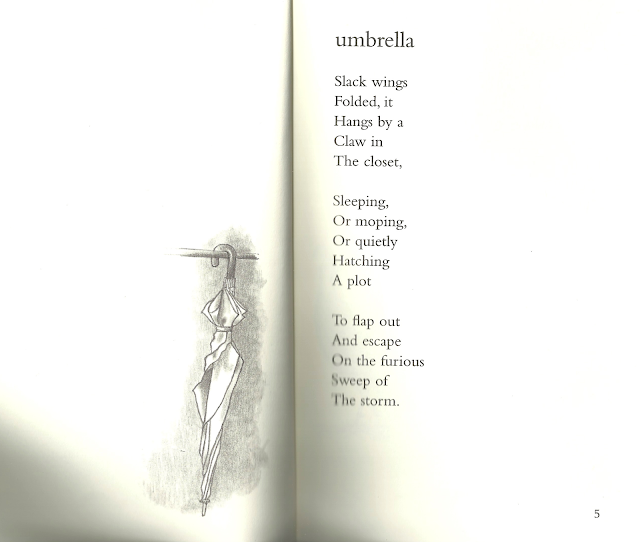Niagara Falls, Or Does It? written by Henry Winkler, who you may know as the Fonz from Happy Days (or, more recently, Barry the incompetent lawyer from Arrested Development) and Lin Oliver is the first in a series of chapter books focusing on the adventures of fourth grader Hank Zipzer and his friends and family. I had not encountered this series before (as it launched in 2003, when I was beginning high school), but personally I feel that this series and the characters presented in it would have made a profound connection with eight year old me.
Characters: Hank Zipzer, the titular character of the series is a manic class clown who can't seem to get anything right, but he is presented with more empathy and complexity than one might expect from such a character. Hank is often shown grappling with frustration and insecurity about his constant self-sabotaging behavior and the book ends with him at the request of a caring teacher, deciding to get tested for learning disabilities. The rest of the cast is made up of Hank's friends and family, who are supportive of Hank, and are all written with enough interesting details that I imagine that they will continue to grow and be of interest in later installments. There are also a collection of teachers both supportive (Mr. Rock, the cool new music teacher) and the adversarial (the stony Mrs Adolf; read into that name choice what you will).
Plot: The main plot of this novel is Hank grappling with a five paragraph assignment, which he decides to get around by replacing it with a visual representation of Niagara Falls, a decision which ends disastrously and interferes with the novel's b-plot of Hank and his friends being hired to perform a magic show for his grandfather's bowling club.
Setting: The book is set in New York City and it is a setting that definitly makes itself known. Cabbies shout vulgarities, sports teams are spoken of reverently, and every character seems to have a favorite deli or pizza shop. One thing I appreciate about the setting is the way that it presents Hanks school life and his home life in different tones, even though they bleed into one another.
Theme: If I had to pinpoint a theme in this book, I might suggest that it's about being grateful for the people in your life that support you. Unlike many books for this age-group about students clashing with the overwhelming and seemingly unfair world of academics, Hank never fully falls into despair and the reason for that is that he constantly recognizes
that he has a support system of friends and family. He is constantly remarking on how exceptional each of them is, and how lucky he is to have them in his life.
Style: This, I feel, is the book's greatest stregth. It oozes style and makes the whole thing exceedingly readable. In particular the grammar and vocabulary with which Hank narrates his story feels like the New Yorky voice-over of a Scorcese film (minus the violence and substance abuse of course). Hank speaks in a wry, sarcastic tone that seems uniquely Italian American (though his heritage is never stated, to my recollection.) I couldn't help but read it in the voice of someone like Joe Pesci or Robert Deniro. It is this tone that really sets the book apart from other similar books, and I suspect, that makes it a comedic hit with young readers.
Tone: As previously mentioned, the tone of this book is incredibly humorous. It never gets too bleak or overwhelming without veering back to the light almost immediately, creating a rapid pace that doesn't allow time for stress or self-pity to bog the characters down. I feel that the positivity and humor with which this book handles what turns out to be a child's learning disability are very refreshing, and a great way to introduce readers to the idea without making it seem frightening or upsetting.






